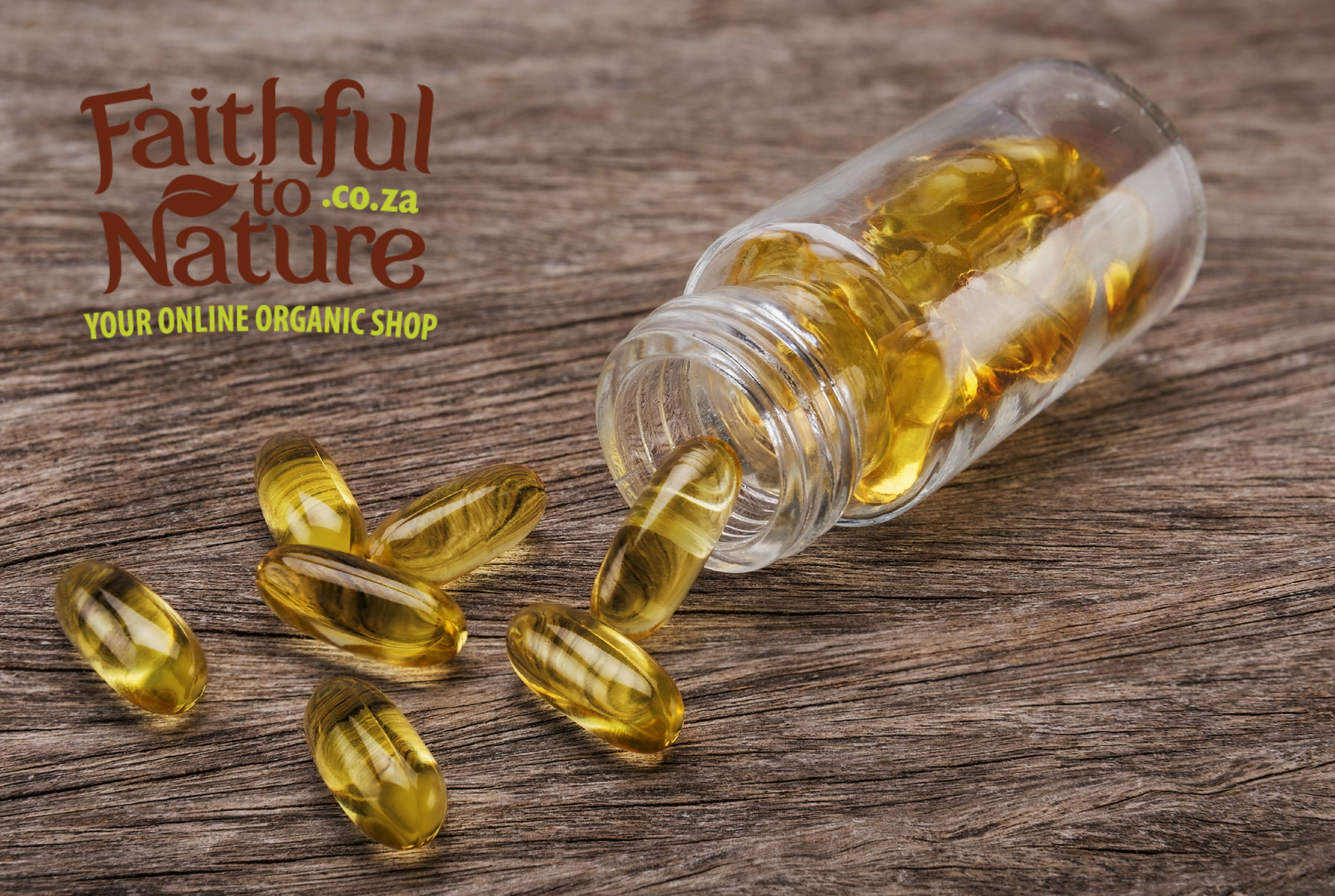
07 Aug Why It Matters Which Omegas You Take
The Omegas 3, 6 and 9 are like an inseparable trio of fatty siblings well-known for their amazing health benefits, but there has been some confusion as to who does what amongst this family and is it good or bad? Out of the three, Omega 3’s and 6’s are the two indespensible ones as our bodies can’t make them on its own, whereas with Omega 9’s, it can make a plan.
Omega 6’s
Vegetable oils, nuts and grain fed meats are very high in omega 6 fats and have gained ground since the 1950’s in the manufacture of a lot of our food. Oils such as corn and cotton are high in polyunsaturated fats that are very unstable and oxidise easily. Because our bodies use fat to build cells and produce hormones, when we have a lot of these polyunsaturated fats around, that’s what our bodies will use and this can trigger inflammation and unhealthy mutations.
Damaged Oils
There is some opinion that it is the processed and damaged nature of many of the high omega 6 oils that tend to make them less healthy and have inflammatory effects. It’s worth considering, as eating a diet of whole unprocessed foods, especially raw unheated fats, has been found to be the healthier choice in the long run.
The Relationship
Omega 3’s compete with Omega 6’s for receptors that cause anti-inflammatory effects. They are anti-inflammatory all on their own even without Omega 6’s. When you take the Omega 3’s away, inflammation escalates again. This doesn’t make Omega 6’s necessarily bad. It just means that you need enough Omega 3’s to keep up with the 6’s and Omega 3’s aren’t as abundant in our diet.
Even if you take a supplement with the correct ratio, it’s your overall diet in general and low Omega 3’s that can still result in an overabundance of the 6’s. For the most part, the western diet tends to a ratio of four parts 6’s to one of the 3’s and when the ratio is closer to 1:1, the risk of inflammatory disease is reduced significantly. When we eat a diet too consistently high in Omega 6’s without upping the 3’s, it can lead to inflammatory effects and illness such as heart disease, cancer, asthma, arthritis, as well as depression.
What we need to be doing then is making informed choices to up our Omega 3 intake.
Omega 3’s
Omega 3 fatty acids are long chain fatty acids that have a very anti-inflammatory effect. EPA and DHA are two of the Omega 3’s that are really important and are found for the most part in certain fish. ALA (alpha-linolenic acid) is also a beneficial Omega 3 you’ll find in plant sources such as nuts and seeds. Omega 3’s are very healing and supportive for things like arthritis, depression, alzheimer’s, dementia, weight-loss, allergies, diabetes, baby development and ADHD.
They also build you a beautiful body, from rejuvenating your skin, to growing your bones, by keeping your skin hydrated, your hormones healthy and helping build all your new cells. Your brain benefits too as it has been found that people who get in more Omega 3’s can literally have more grey matter up there!
Up Your 3’s
So how do you make sure you are getting a sufficient Omega 3 top-up?
• Eat fish and oils from fish such as anchovies, herring, mackerel, salmon, trout and sardines
• If you are a vegetarian or Vegan, don’t worry, you can get plenty of Omega 3’s in Hemp, Chia seeds and Chlorella
• Check out our Omega supplements that focus on Omega 3’s.
Omega 9’s
And because the trio wouldn’t be complete without the 9’s, Omega 9’s are also very healthy and anti-inflammatory, but can be created in your body. They are found in vegetable oils too so chances are you do get some in. Cold pressed Olive oil is a good source of Omega 9’s.
It can be confusing all this talk of ratios and the Omega Trio, but eating a healthy wholefood diet including stable, healthy oils and upping your Omega 3’s seems to be the common sense thing to do if you want to reap the benefits of the Omega Trio.








No Comments